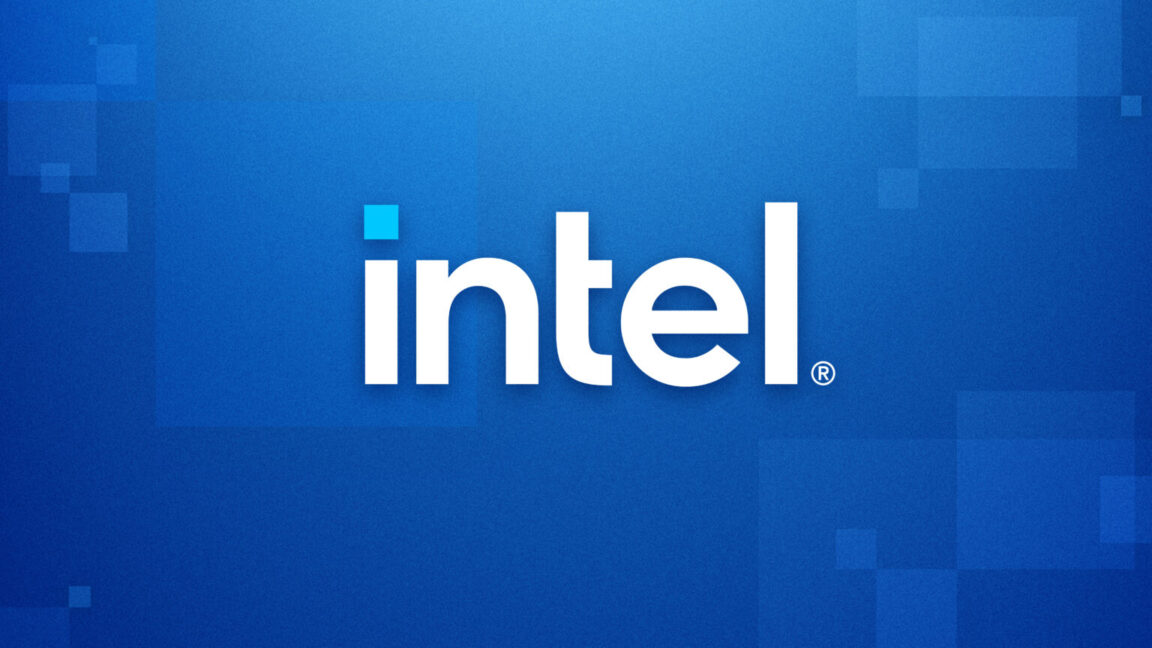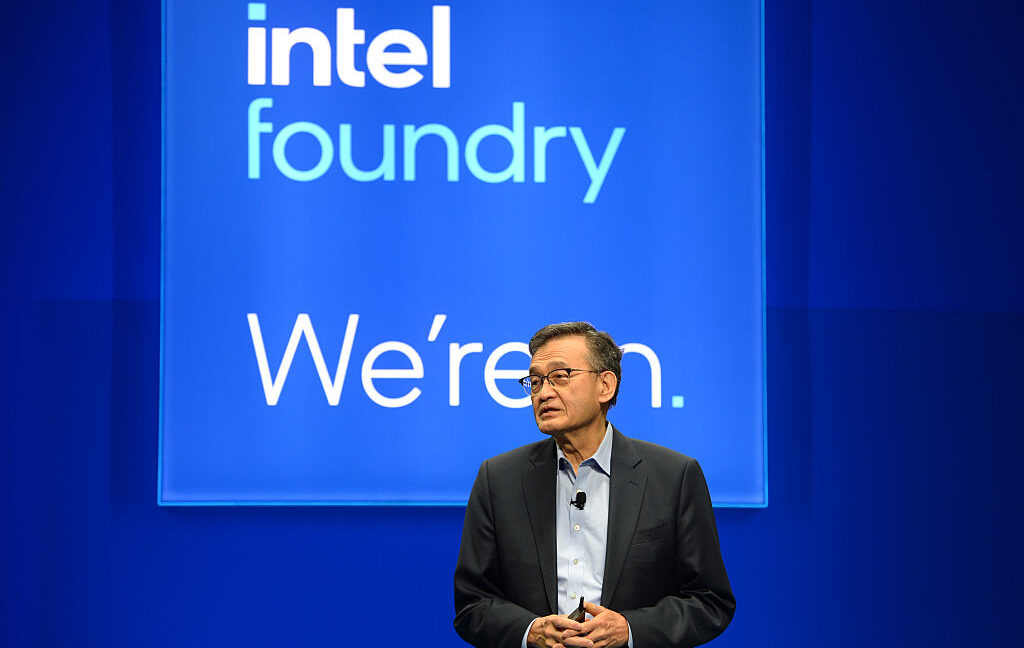Intel Faces Challenges with New 18A Process Amid Reductions and Cancellations

Intel has pinned its hopes on "18A," its upcoming silicon chip manufacturing process, which the company believes will enable it to close the gap with competitors like TSMC. The 18A process marks a return for Intel to producing its own processor designs in-house, featuring the imminent Series 3 Core Ultra chips for laptops, codenamed Panther Lake. This shift follows Intel's reliance on TSMC for the production of previous Core Ultra chips. Additionally, Intel plans to open its 18A manufacturing capacity to external chipmakers, a pivotal move in shaping Intel as a cutting-edge chip manufacturer based primarily in the USA.
However, according to a Reuters report, Intel is encountering difficulties achieving usable chips with 18A. This report cites sources briefed on test data since late last year, indicating that only 10 percent of the chips meet Intel's standards as of this summer. Responding to the report, Intel's CFO, David Zinsner, claimed yields were better than reported figures but did not provide specific numbers.
The struggles with 18A are reminiscent of past challenges faced by Intel, including delays with the 14 nm process in 2013 and 2014. Intel eventually transitioned to the 14 nm process by late 2015 but remained on it for several years thereafter. Historically, Intel has reassured stakeholders by expressing confidence in its roadmap and tweaking launch timelines.
Intel's Panther Lake chips, projected to utilize the 18A process, are reportedly "fully on track" as of late July, with a planned launch in the second half of 2025 and additional models set for 2026. This schedule will be an indicator of Intel's handling of the 18A process hurdles. While difficulties could be typical and anticipated, they should not further derail Intel's plans.
2025 has been harsh for Intel, and recent reports amplify these struggles. The company posted a $2.9 billion loss in the second quarter of 2025, following a $1.6 billion loss in the same period the previous year. A substantial portion of these losses is tied to strategic restructuring led by new CEO Lip-Bu Tan, characterized by significant downsizing. Intel recently eliminated 2,400 jobs in Oregon, and additional global reductions could reach up to 24,000 positions. While a manufacturing facility in Ohio is progressing, its construction has decelerated. Plans for factories in Germany and Poland have been scrapped.
The company is also refocusing its business lines, having closed its automotive division and spun off its RealSense division into a standalone company. Despite uncertainties surrounding the Arc GPU lineup, Intel has delayed new product launches, allowing competitors Nvidia and AMD to advance.
Touted policies by CEO Tan, requiring his approval for all major chip designs, aim to streamline production and reduce costs, evident in the reintroduction of Hyper-threading in future server products. The continuance of earlier initiatives includes offering both the 18A process and the forthcoming 14A process to external clients. However, Tan mentions investment in Intel 14A will be cautious, contingent on confirmed customer commitments, casting doubts on its future amidst Intel's reliability concerns.
Tan emphasized strategic financial scrutiny, stating, "There are no more blank checks. Every investment must make economic sense," highlighting a company navigating through a challenging phase amid rising stakes.



